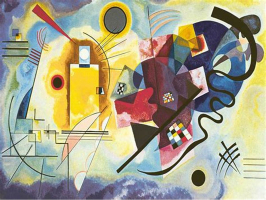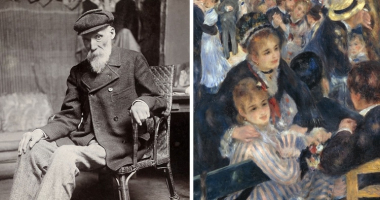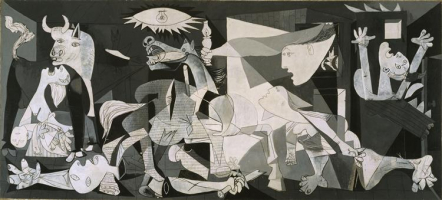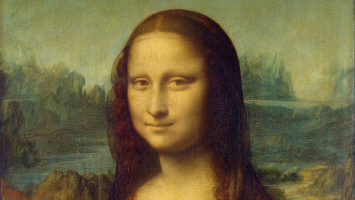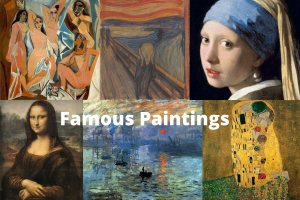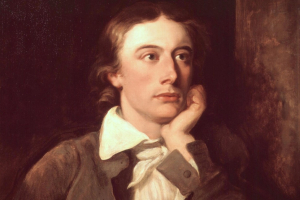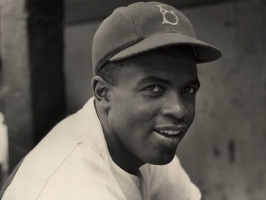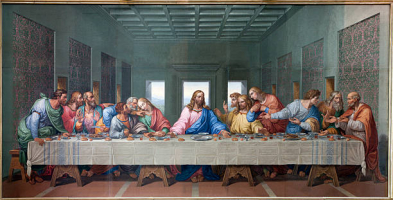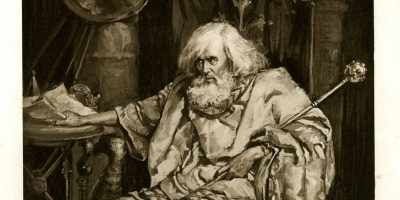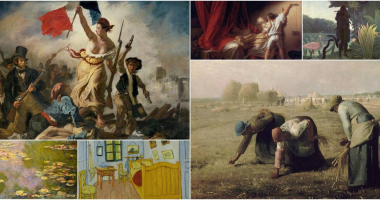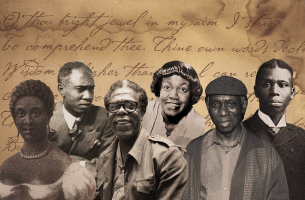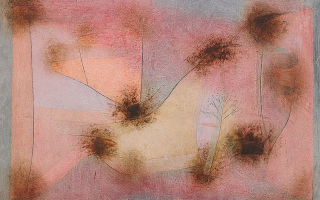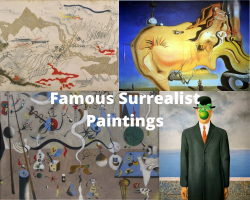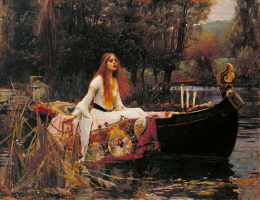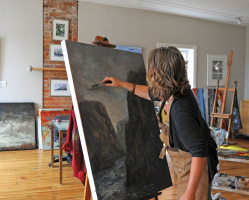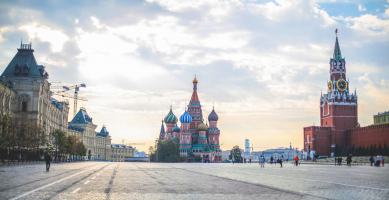Top 7 Most Famous Paintings by Wassily Kandinsky
Wassily Wassilyevich Kandinsky, a Russian artist who lived from December 16, 1866, to December 13, 1944, is most known for being a pioneer of abstract art and ... read more...for creating some of the genre's early pieces, such as the painting known as the First Abstract Watercolor. Around the turn of the 20th century, Kandinsky started his artistic career. He began by creating woodblock prints and Impressionist landscape paintings. The Blue Rider is one of his earliest works that is most well-known. Kandinsky gradually shifted toward abstraction as he began to feel that "things destroyed pictures." Kandinsky had a strong spiritual connection to art, and many of his creations included music. He was moved by color and thought that it could express feelings. The Father of Abstract Art, Kandinsky was one of the most important painters of the 20th century. Here are his top ten paintings, which include pieces from his legendary Composition series.
-
Kandinsky's early works, between 1900 and 1910, were largely impressionistic landscapes and woodblock prints. Impressionist paintings strive to capture the fleeting effect of sight rather than correctly describe it.
Kandinsky's most renowned artwork in the Impressionistic style is The Blue Rider. It is regarded as a watershed moment in his move from Impressionism to Modern Abstract Art.
The painting depicts a horse galloping through a rocky meadow, possibly carrying a second figure, possibly a youngster. Colors, rather than precise elements, are used by Kandinsky to depict the rider. Kandinsky would subsequently apply these tactics of including the viewer in the creation of the painting through imagination and the use of color for representation in his abstract works.
Year: 1903
Style: Impressionism
Location: Private Collection
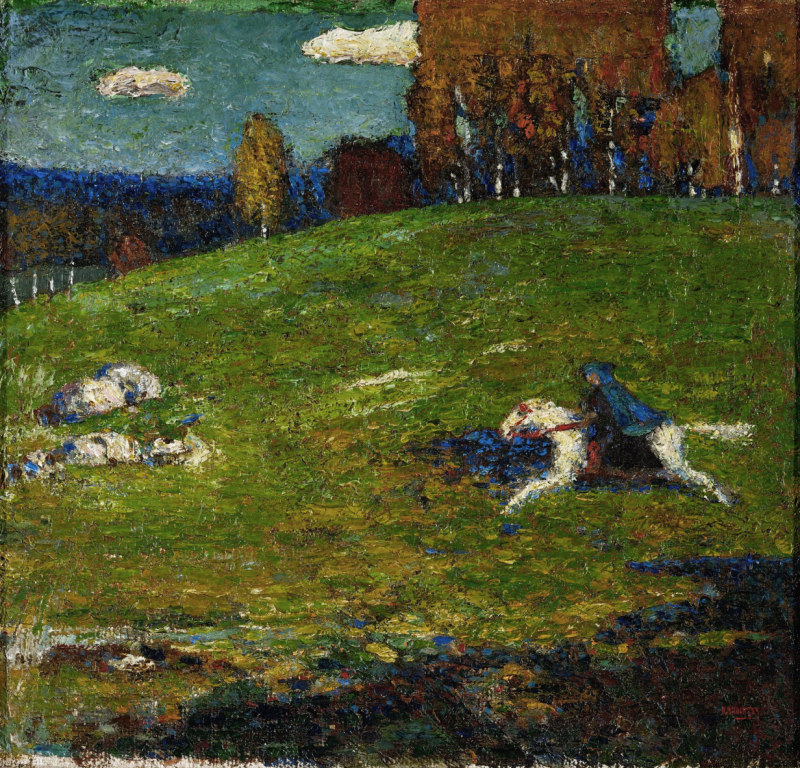
Wikipedia 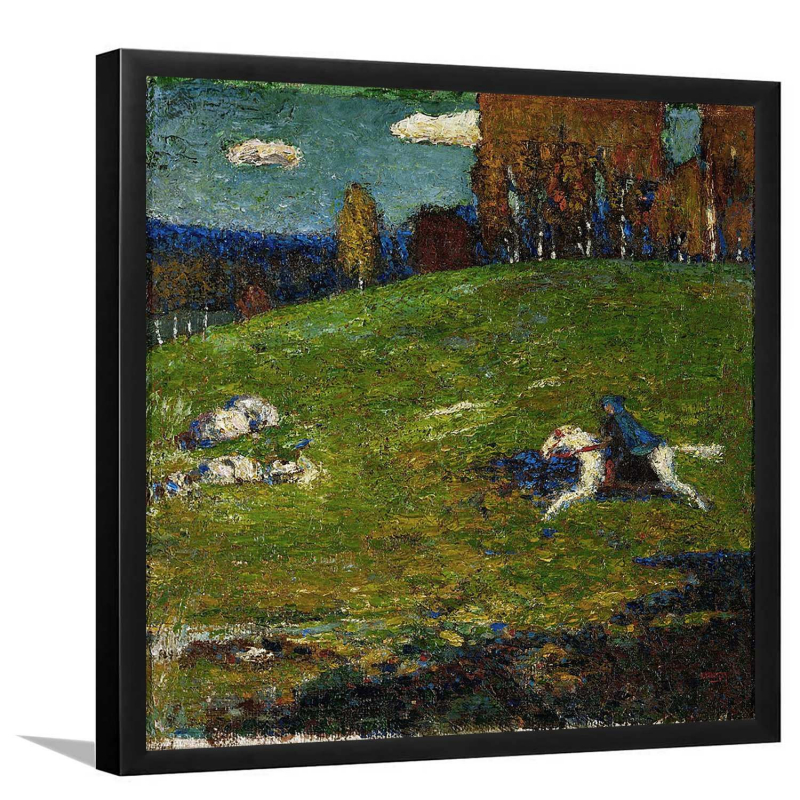
UnixCanvas -
Composition VII is famous because it was the first time Kandinsky felt he had realized the ideal that inspired his Composition series. In his earlier compositions, he headed toward pure abstraction, and Composition VI is virtually entirely abstract. Composition VII transforms its predecessor's abstract visuals into a strictly geometric visual language. Though it may appear random, Kandinsky worked on over 30 sketches for several months before painting them in four days.
The picture is thought to allude to apocalyptic themes such as the Deluge, Last Judgment, Resurrection, and Paradise. Kandinsky considered it to be his most difficult effort. Composition VII, a whirling cyclone of colors and shapes, is considered by many abstract art lovers to be the most important painting in the genre, as well as Wassily Kandinsky's most recognized painting.
Year: 1913
Style: Abstract
Location: Tretyakov Gallery, Moscow, Russia
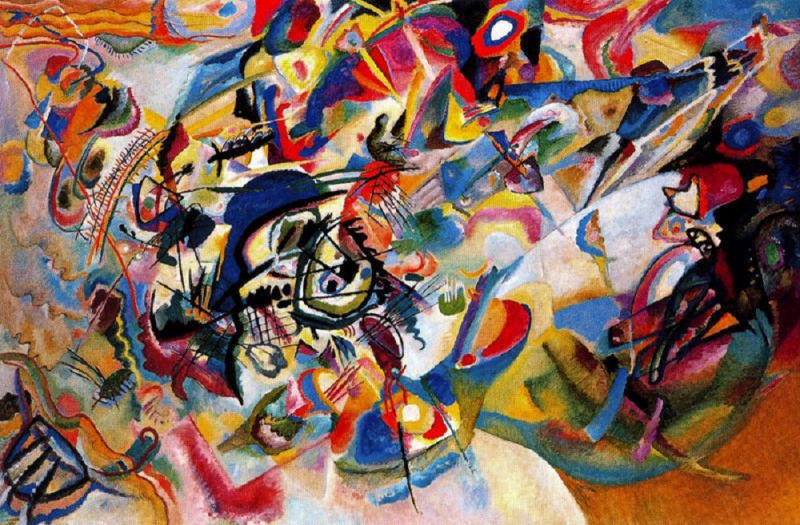
Wikimedia Commons 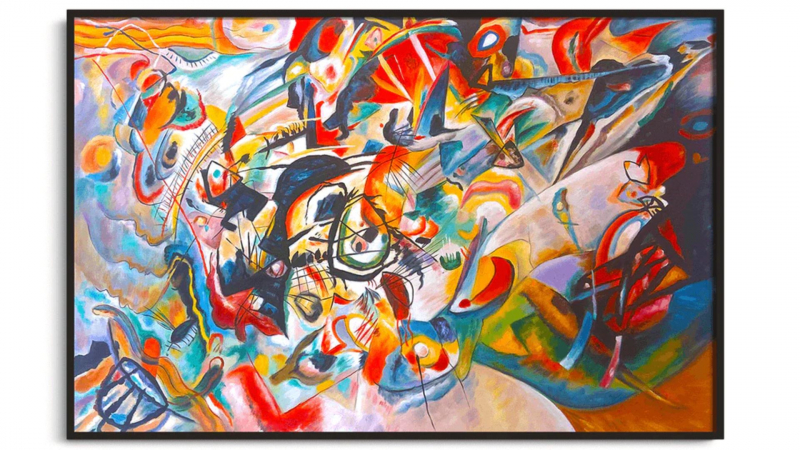
Reproductions d'œuvres d'art pour votre décoration – Galerie Mont-Blanc -
Suprematism was a Russian art trend that concentrated on depicting fundamental geometric patterns in a limited color palette. Constructivism was an art movement characterized by the use of non-existent things in artworks.
This artwork is a combination of elements from Suprematism, Constructivism, and the Bauhaus school, and it exemplifies Kandinsky's command of contemporary art.
Composition VIII contains a variety of geometric forms that interplay with linear elements. It is the polar opposite of the previous artwork in the series, Composition VII, with its rational geometric organization. Composition VIII is a considerably more controlled artwork than Composition VII, which is an explosion of color and emotion. The painting's multicolored rings may have been inspired by the six solar eclipses that occurred between 1921 and 1923.
Composition VIII is Kandinsky's most famous work in Geometric Abstraction and the pinnacle of his postwar success.
Year: 1923
Style: Geometric Abstraction
Location: The Guggenheim, New York, United States
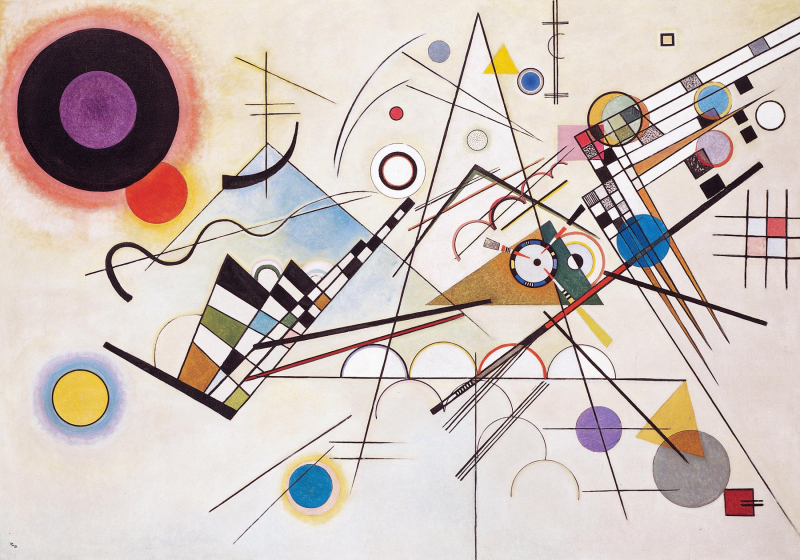
Wassily Kandinsky Bauhaus Movement -
Color, according to Kandinsky, elicits both a bodily and emotional response. This reaction is determined by how color is employed in relation to shape in a painting. Furthermore, he claimed that an artist might produce a complete composition in which deeds, secret thoughts, and sentiments may be depicted in a spiritual color atmosphere. In several of his paintings, Kandinsky investigated the emotive and expressionistic elements of color.
Squares with Concentric Circles is his most renowned color study and possibly his most known work. It generates color combinations by arranging concentric circular patterns in an all-over grid structure. It is also known as Farbstudie Quadrate, and it is a systematic research of the perceptual effects of color interactions and the emotional effect that contrasting hues cause.
This abstract painting was completed in 1913 and was created on paper with paints, gouache, and crayon. Because of the simplified form of squares and circles, it is a good medium for teaching children about these geometric forms. This work is about more than simply the arrangement of shapes; it is also a demonstration of the artist's unique synesthesia talents in his work, giving the reader a glimpse into the life of a person with synesthesia.
Year: 1913
Style: Abstract
Location: Lenbachhaus, Munich, Germany
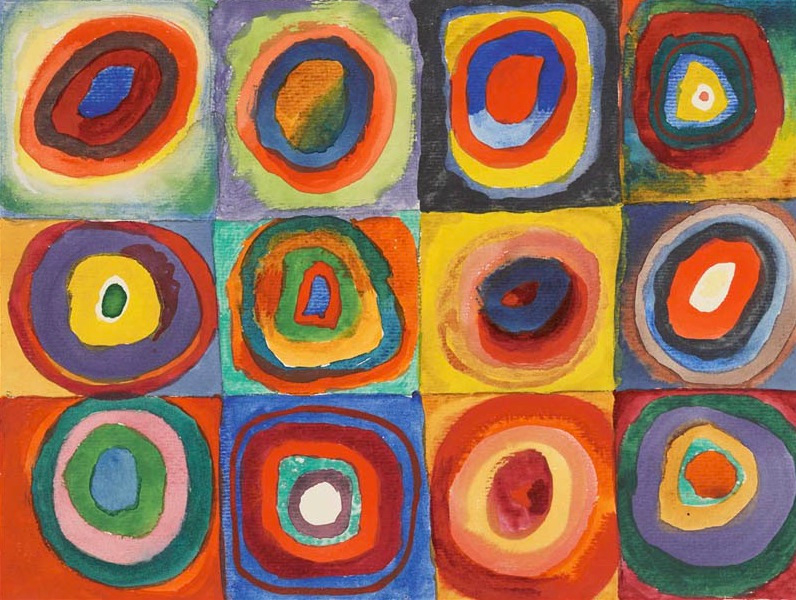
Wikipedia 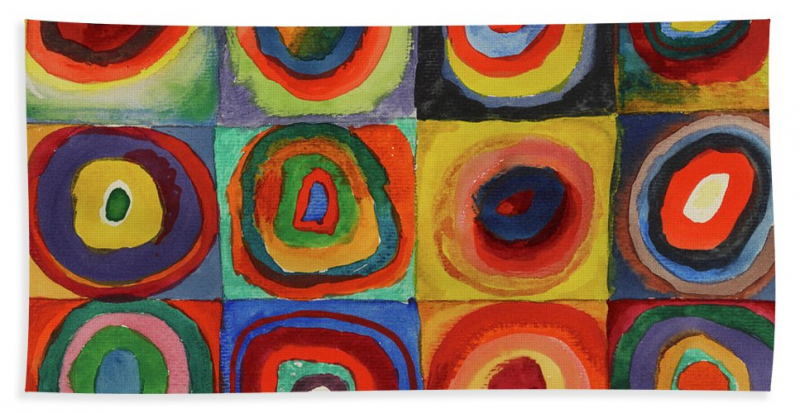
Pixels -
Wassily Kandinsky left this artwork unnamed. It was a study for his 1913 painting Composition VII. The work's proper title is Untitled (Study for Composition VII, Premiere Abstraction). The painting is currently recognized as the First Abstract Watercolor because many consider it to be the first totally abstract watercolor. While this is not always the case, it is undeniable that this picture is among the first to abandon any references to well-known forms in Western European painting's representational history. It is the first existing item in Kandinsky's parallel series of abstract "Compositions" and "Improvisations."
Though critics do not consider it one of his best works, First Abstract Watercolor is undoubtedly one of Kandinsky's most renowned paintings; the one that has earned him the title "Father of Abstract Act" in public view.
Year: 1910 or 1913
Style: Abstract
Location: Georges Pompidou Center, Paris, France
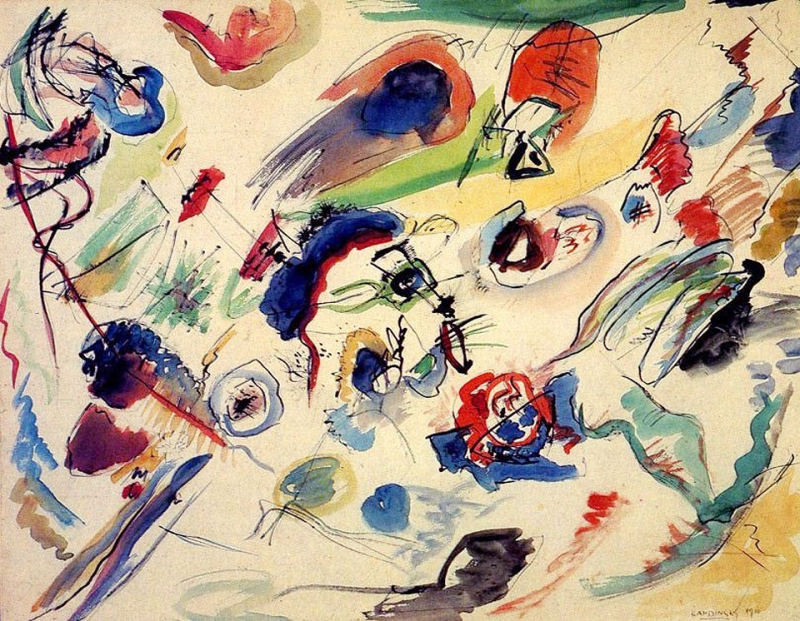
Wassily Kandinsky Music Art Gallery -
Suprematism was a Russian art trend that concentrated on depicting fundamental geometric patterns in a limited color palette. Kandinsky taught at the Bauhaus, a modernist art school in Germany that had a significant influence on twentieth-century art, from 1922 to 1933.
Kandinsky's Yellow-Red-Blue, painted during his stay at the Bauhaus, can be viewed as a symphony he made by combining his style with Bauhaus techniques and Suprematist ideals. It is separated into two sections, one with geometric shapes and bright colors on the left and the other with abstract shapes and dark hues on the right. Kandinsky has primarily employed the three primary hues, Yellow, Red, and Blue, as the title suggests.
The light and dark in the painting have been nicely contrasted, with the left side of the canvas communicating a plethora of light yellows, blues, and reds and the right side of the canvas displaying its darker colors. Kandinsky's amazing use of color here demonstrates his distinct artistic vision with synesthesia, with each shade of color playing on the viewer's emotions.
Year: 1925
Style: Geometric Abstraction
Location: Georges Pompidou Center, Paris, France
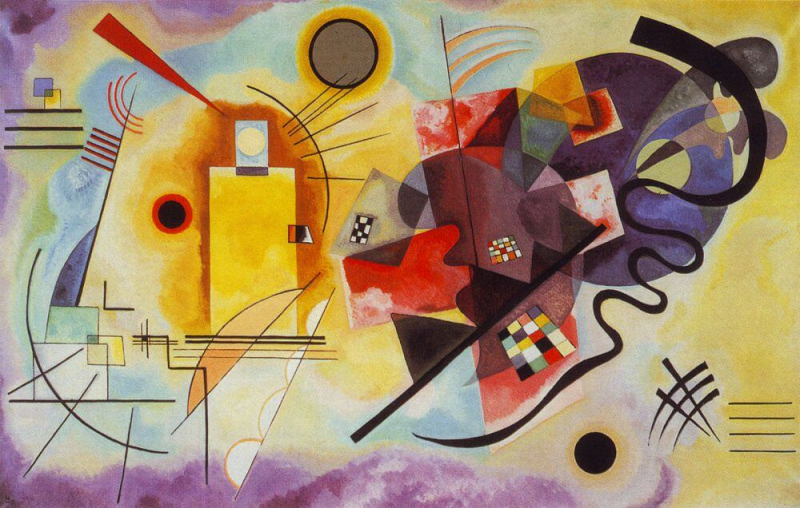
Wassily Kandinsky Bauhaus Movement -
"The circle is the synthesis of the greatest oppositions," Kandinsky said. It blends the concentric and eccentric in a single, balanced form. It is the clearest indication of the fourth dimension of the three primary forms." Kandinsky created a series of ten works in the 1920s in which the circle is the only form.
This series culminated in his painting Several Circles, which he considers to be his most important work in expressing the spirit of the circle. The picture is composed of circles that have been meticulously placed on a black background, emphasizing their size for the viewer. Kandinsky's emphasis on the expressive content of abstract forms is seen in Several Circles.
The diversity in color and size of the circles creates an abstract feeling in the piece. The circles themselves use a limited color palette and accentuate the Suprematism that is frequently seen in Kandinsky's work, which is an art movement that focuses solely on basic geometric forms. Several Circles' weightiness and depth work to produce a sense of cosmic harmony and, as a result, strive to establish both emotional and spiritual connections with individuals who watch it.
Year: 1926
Style: Geometric Abstraction
Location: The Guggenheim, New York, United States
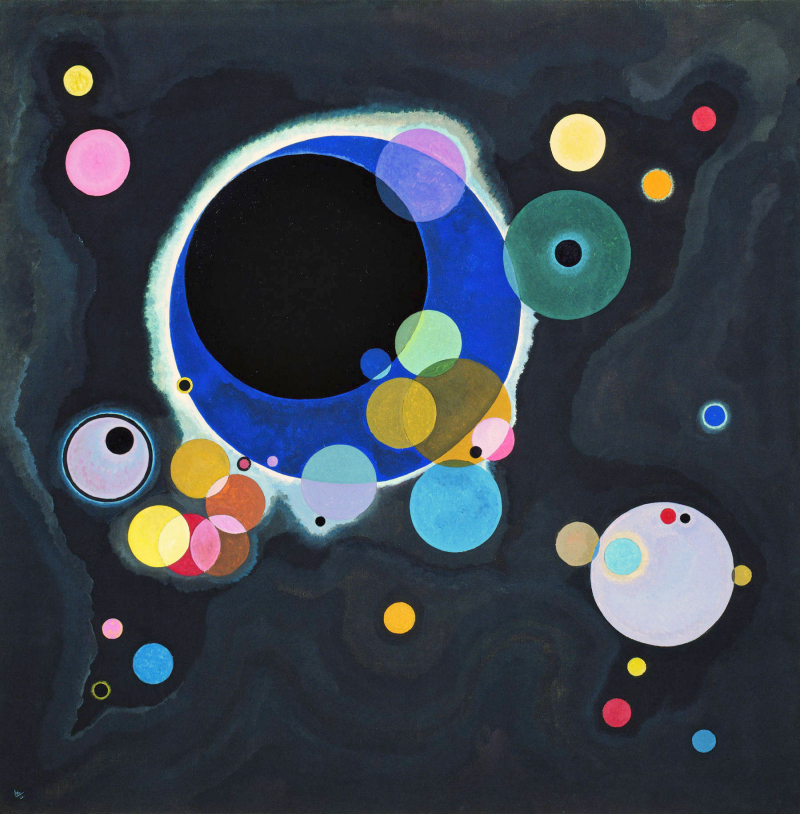
Wikimedia Commons 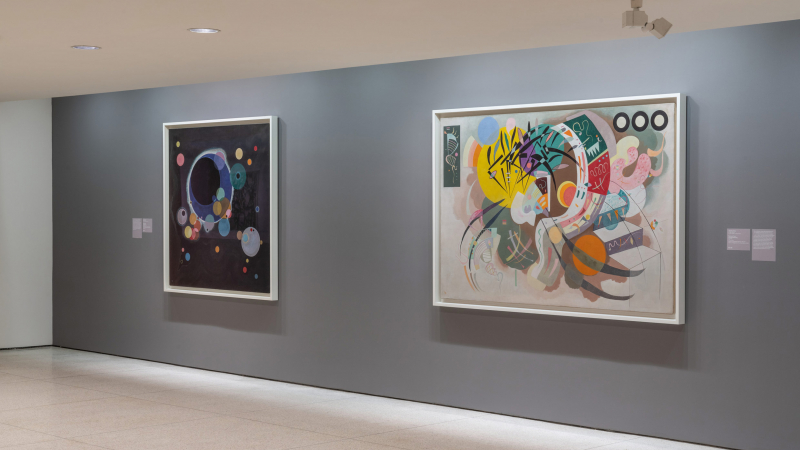
Guggenheim Museum









